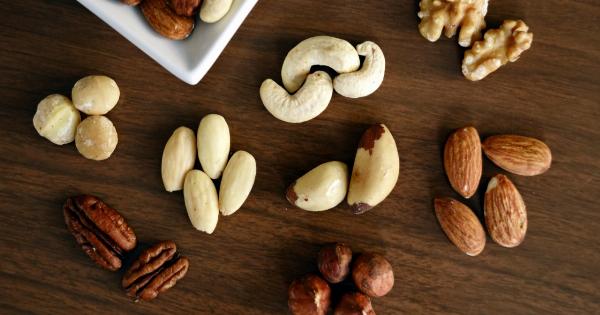The debate on at what age children can start drinking juice has been ongoing for a long time. The truth is that while juice can be a healthy addition to a child’s diet, it can also be harmful if consumed at the wrong age or in excessive amounts.
In this article, we will explore the question of when children should start drinking juice, the benefits and risks of juice consumption for kids, and some guidelines for ensuring that children consume juice in a safe and healthy way.
What is Juice?
Juice is the liquid that is extracted from fruits and vegetables. It is often promoted as a healthy drink as it is a good source of vitamins and minerals essential for growth and development. However, not all juices are equal.
Store-bought juices often contain added sugars, artificial flavors, and preservatives that can harm a child’s health. These types of juices can lead to obesity, tooth decay, and other health complications if consumed in excess.
When Can Children Start Drinking Juice?
The American Academy of Pediatrics (AAP) recommends that parents wait until their child is at least 6 months old before giving them juice.
Before this age, babies should only consume breast milk or formula, which provide all the nutrients they need for their growth and development.
It’s important to wait until a child is 6 months old as their digestive system is not yet developed enough to handle the acidity of juice. Giving juice too early can lead to diarrhea, stomach pain, and other digestive problems.
Additionally, juice can interfere with a baby’s appetite, leading them to consume less breast milk or formula, which is crucial for their health and growth.
How Much Juice Can Children Drink?
Once a child reaches the age of 6 months, they can start having small amounts of juice. However, parents should limit their child’s juice intake to no more than 4 ounces (120 ml) a day.
For children ages 1 to 6, 4 to 6 ounces (120 to 180 ml) of 100% fruit juice is the daily maximum.
It’s also important to note that young children should not be given juice as a substitute for whole fruits or vegetables. Whole fruits and vegetables are full of fiber, which is essential for good digestive health.
Juice, on the other hand, lacks fiber and can contribute to digestive issues if consumed in large amounts.
Which Types of Juice Are Safe for Children?
Not all types of juice are safe for children. It’s important to choose juice that is 100% fruit or vegetable juice without any added sugars or sweeteners. Even better, offer your child whole fruits or vegetables instead of juice.
This way, they are getting the added benefit of fiber and will be less likely to consume too much sugar.
Parents should also avoid offering unpasteurized juice to children. Unpasteurized juice can contain harmful bacteria that can cause serious illness in young children.
What Are the Benefits of Juice for Children?
When consumed in moderation, juice can provide several benefits to children. Here are a few examples:.
- Provides essential vitamins and minerals
- Can help prevent constipation
- Can help hydrate children who don’t like drinking water
What Are the Risks of Juice for Children?
While juice can be beneficial, it can also have negative effects if consumed in excessive amounts or if given to children too young. Here are some risks parents need to be aware of:.
- Can lead to tooth decay
- Can contribute to obesity if consumed in excess
- Can interfere with a child’s appetite and lead to poor nutrition if consumed instead of whole fruits or vegetables
- Can cause digestive problems, especially if consumed too early
Conclusion
Juice can be a healthy addition to a child’s diet when consumed in moderation and from the right age.
Parents should wait until their child is at least 6 months old before introducing them to juice and should limit their intake to a maximum of 4-6 ounces per day. 100% fruit or vegetable juice without added sugars or preservatives is the best option.
Lastly, offering whole fruits and vegetables is an even better way to ensure that children are getting the necessary nutrients while also reaping the benefits of fiber.




























